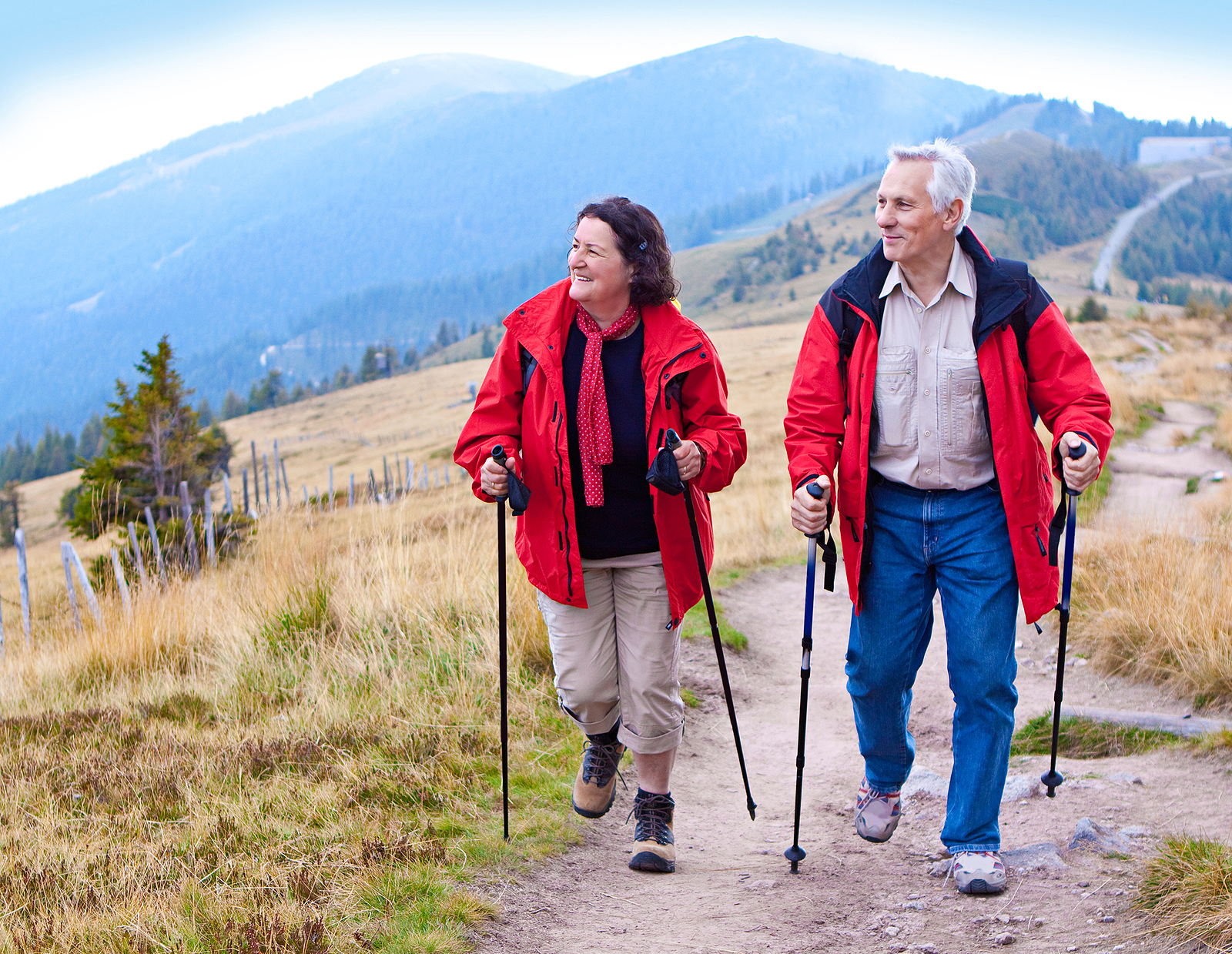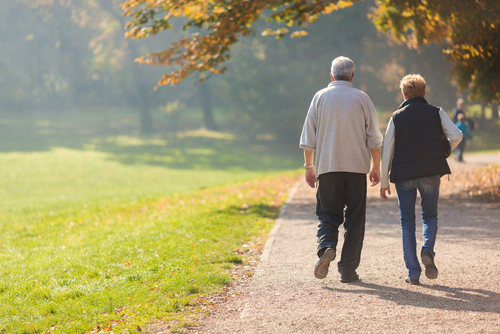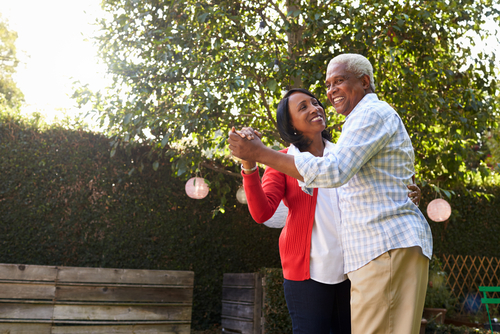Nordic Pole Walking for Seniors: Health Benefits
Category:

You don’t need snow to go cross-country skiing. As a matter of fact, you can do it on trails or sidewalks in your own neighborhood by using walking poles. This exercise, known as Nordic pole walking, is a vigorous muscle workout for your arms, shoulders, core, and legs and can make you feel fit and healthy with practice. In this post, we will review the benefits of Nordic pole walking, selecting the best nordic pole walking poles, and everything you need to know about beginning Nordic pole walking for seniors.
What Is Nordic Walking?
Nordic walking uses two poles and works the upper body while walking. Like skiing, your arms use these poles to match each step the person takes. However, rather than using these walking poles for balance, the poles remain behind your body and point diagonally backward at all times. Check out this video to learn the proper technique.
The first recorded instances of Nordic walking were during the 1900s in Finland, where athletes trained for cross-country skiing by walking and hiking outdoors with ski poles. It later gained popularity when a gym teacher named Leena Jääskeläinen used these ski poles with her students in 1966 and when Mauri Repo published the book “Hiihdon lajiosa” (or “cross-country skiing training methodic” in English) in 1979. Eventually, the idea of all seasons Nordic walking expanded worldwide.
Nordic Walking Benefits
We now know a little more about the context behind Nordic walking but is Nordic walking good for arthritis? Are there benefits for mental and physical health? Below are a few perks of this exercise:
-
Keeps your bones and muscles strong: The weight-bearing nature and the added resistance of the poles help improve strength and bone health while also toning your legs, sculpting your arms, cinching your waist, and tightening your core.
-
Protects joints: Nordic walking can help reduce the pain and stiffness of arthritis because it keeps muscles strong and supports joints.
-
Helps manage weight: In addition to your legs, Nordic walking utilizes your arms, chest, shoulders, abs and other core muscles. Additionally, you raise your heart rate and expend more energy since the poles propel you forward.
-
Improves circulation: Nordic walking encourages a full arm swing, active feet, and squeezing and opening the hands on the pole, all of which increase circulation.
-
Strengthens heart and lungs: Since these exercises increase your heart rate, it can help lower blood pressure, keep your arteries clear, benefit those with asthma, and reduce your risk of type-2 diabetes and heart disease.
-
Improves lymph drainage: With an emphasis on correct breathing, a good posture, and a full arm swing, Nordic walking helps your lymph nodes function. Maintaining the lymphatic system is important since it protects you from disease and infection.
-
Improves mental health: Walking around and visiting new places can do wonders for your stress and anxiety. Furthermore, doing it with others can prevent social isolation and create friendships.
Download Our Senior Exercising Guide
Finally, let’s look at selecting the best Nordic walking sticks for seniors.
Choosing the Best Walking Pole for Seniors
Now that we know a little about the history and benefits of Nordic pole walking, it is time to pick a walking pole for your first hike. Here are some factors to consider when choosing the best trekking poles for seniors:
-
Straps or strapless?: Some people feel that straps do not give you the proper push Nordic walking requires while some seniors with mobility issues may require the extra stability of straps. Pick the option that best fits your needs.
-
Fixed length or adjustable?: Some say that fixed-length poles are lighter to carry. However, you may accidentally purchase one that’s too long or too short for you. Meanwhile, adjustable poles can be modified to suit your body but they can also vibrate if they’re cheaply made or not adjusted properly.
-
Length of pole: The length of your adjustable pole should be your height*0.68 but for fixed-length poles, there is an additional step. Take that number and then round up or down to the nearest 5cm increment.
-
Material: Nordic poles are generally made of either aluminum or carbon. The latter is lighter, stiffer, and vibrates less while the former is more flexible. This makes it better for running and bounding since it is less likely to break.
-
Handles: Handles can be made of foam, plastic, cork, or any combination of the three. Foam and plastic last longer but cork is absorbent and offers a non-slip grip. However, the handles can be replaced if they get worn out, regardless.
Subscribe
Date: May 6, 2021
Category:


